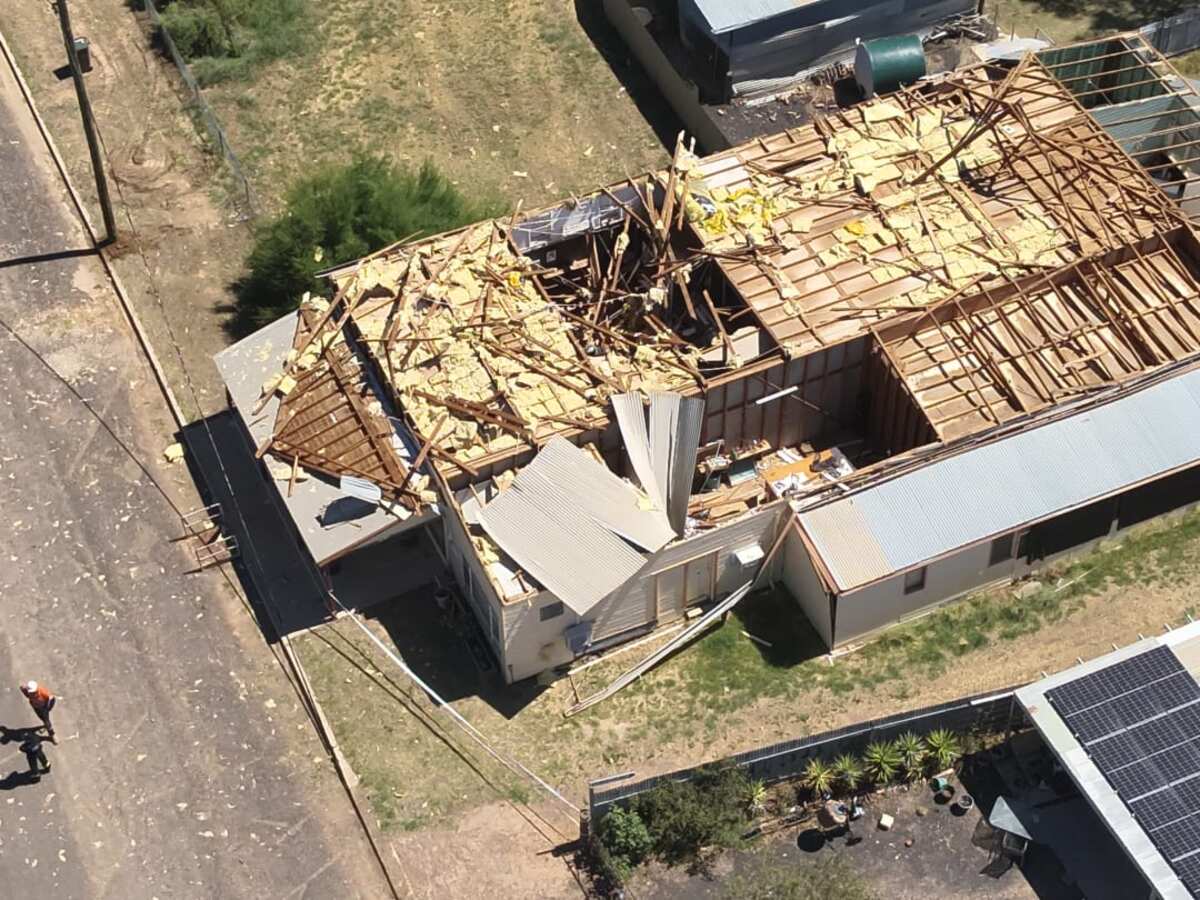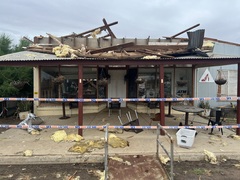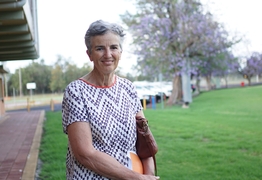Drones assist in Carinda storm cleanup
Lily Plass
24 November 2024, 1:43 AM
 Drone image of a building that was destroyed in the 17 November storm in Carinda. Photo: FRNSW
Drone image of a building that was destroyed in the 17 November storm in Carinda. Photo: FRNSWDrones are a critical part of the clean-up following the aftermath of the devastating storm that hit Carinda last weekend.
Nine residential and four commercial properties suffered significant damage in a storm that tore through the town on Sunday 17 November.
Wind gusts reached around 100 kilometres tearing the roofs off the Memorial Hall, local pizzeria, and general store.

The aftermath of the Carinda storm. Photo: supplied.
Fire and Rescue NSW (FRNSW) Hazardous Materials crews (HAZMAT) deployed drones to detect asbestos-containing material without having to send in staff.
The drones can access hard-to-reach areas, such as under eaves, which could hide hazardous asbestos-containing material.
"Using drones allows us to quickly assess the extent of the damage from a safer location while providing detailed insights to guide the recovery process," FRNSW Inspector Chris Cusack said.
“By completing assessments faster, we’ve been able to provide vital information to the NSW SES much earlier, accelerating the response and ensuring the residents of Carinda can start returning to their normal routines as soon as possible.”
Drones have been used increasingly often during emergency operations over the past ten years, according to an FRNSW spokesperson, for example during the 2022 Lismore flooding.
They help keep crews safe and capture accurate data for commanders to make decisions.
"They are also being used in bushfire preparedness activities including hazard reduction and bushfire response for overall situational awareness and intelligence gathering for incident commanders," the spokesperson said.
The FRNSW will remain in Carinda as long as State Emergency Services (SES) require.



